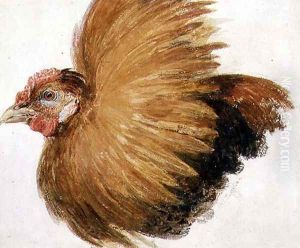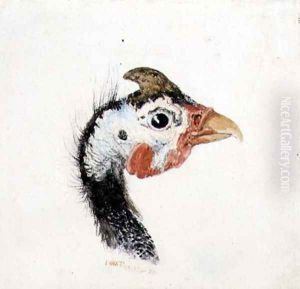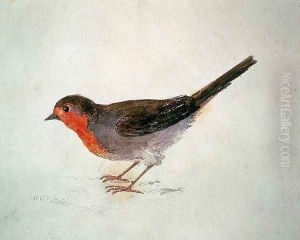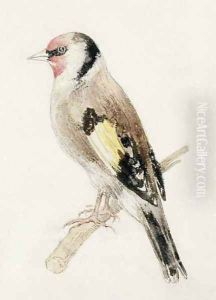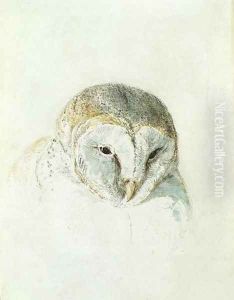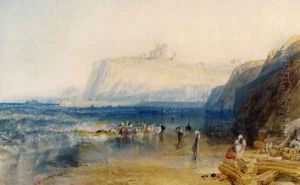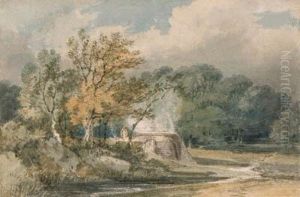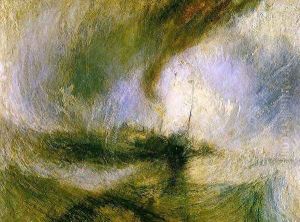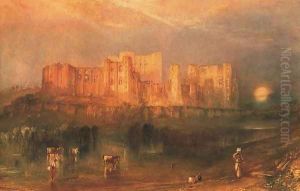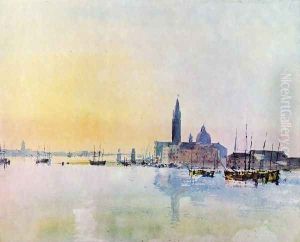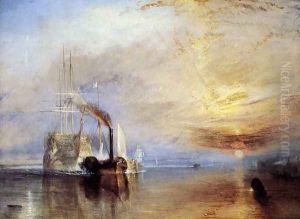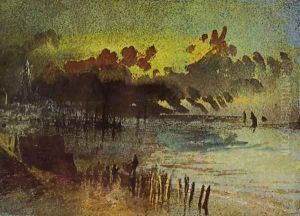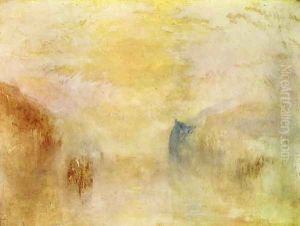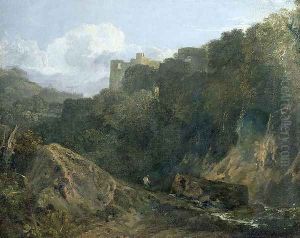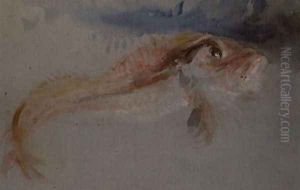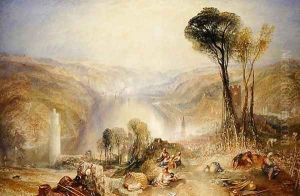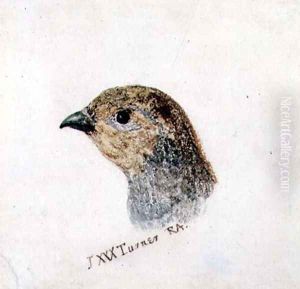





Partridge, from The Farnley Book of Birds, c.1816
-
About Reproduction
Discover the allure of art with our faithful reproduction of "Partridge, from The Farnley Book of Birds, c.1816", originally brought to life by the talented Joseph Mallord William Turner. Unlike posters or prints, our hand-painted oil painting breathes an unique sense of depth and texture into your space. Every detail, every stroke, and every texture is meticulously recreated, paying the perfect homage to Joseph Mallord William Turner and his artistic vision.
Owning this piece is more than just decoration - it's a statement of your refined taste in art. Let the vibrant colors and intricate details of this replica serve as a daily reminder of the beauty in our world. Elevate your decor and appreciate the richness of art with our replica of this masterpiece.
-
Painting Description
The "Partridge, from The Farnley Book of Birds, circa 1816" is a notable artwork by Joseph Mallord William Turner, an English Romantic painter, printmaker, and watercolourist renowned for his expressive colourisations, imaginative landscapes, and turbulent, often violent marine paintings. This piece forms part of The Farnley Book of Birds, a collection that showcases Turner's versatility and interest in subjects beyond his typical landscapes and seascapes. Created around 1816, this work highlights Turner's skill in depicting the natural world, focusing on the detailed and lifelike representation of a partridge.
Joseph Mallord William Turner (1775–1851) is considered one of the greatest masters of British watercolour landscapes and seascapes. While he is best known for his oil paintings, Turner's contributions to the art of watercolour and studies of animals and birds are significant, albeit less recognized. The Farnley Book of Birds, including the "Partridge," was produced during a period when Turner was exploring various subjects and refining his technique in watercolour, which allowed him to capture the delicate textures and colours of the natural world with great sensitivity and precision.
The artwork is significant not only for its artistic merit but also for providing insight into Turner's interests and working methods during the middle period of his career. It reflects his keen observation of nature and ability to render subjects with both accuracy and aesthetic appeal. The "Partridge" stands as a testament to Turner's broader artistic explorations and his contributions to the genre of wildlife art within the context of British Romanticism.
This piece, like many of Turner's works, would have been influenced by his personal experiences, travels, and the broader cultural and scientific interests of early 19th-century Britain, which saw a growing fascination with natural history and the categorization of the natural world. Turner's engagement with these themes through the medium of watercolour highlights the intersection of art, science, and nature study during this period.
Today, the "Partridge, from The Farnley Book of Birds, circa 1816" is appreciated not only for its historical and artistic value but also for its contribution to our understanding of Turner's oeuvre and the broader landscape of 19th-century British art. It remains an important work for scholars, art enthusiasts, and the general public interested in the intersections of art, nature, and history.
-
Lead Time & Shipping
When you order this oil painting replica, it typically takes 2-3 weeks to paint. If the artwork is more complex, it might need a little more time to ensure the best quality. Once it's ready, we'll send you a photo for your approval. After you give the green light, we'll ship it to you for free.
-
Return & Refund
We believe in the quality of our hand-painted oil painting reproductions, and your satisfaction is our priority. If for any reason, you are not completely satisfied with your purchase, we offer a 45-day return policy. You can return your artwork within 45 days of receipt and receive a full refund. Please note that the artwork must be returned in the original packaging and in the same condition as it was received.





